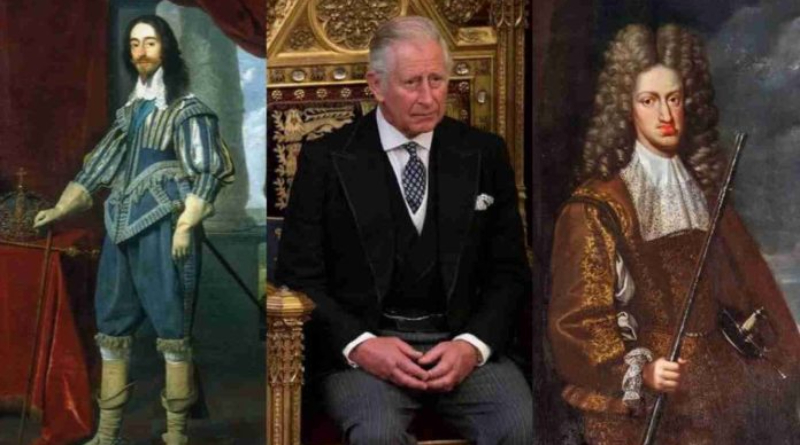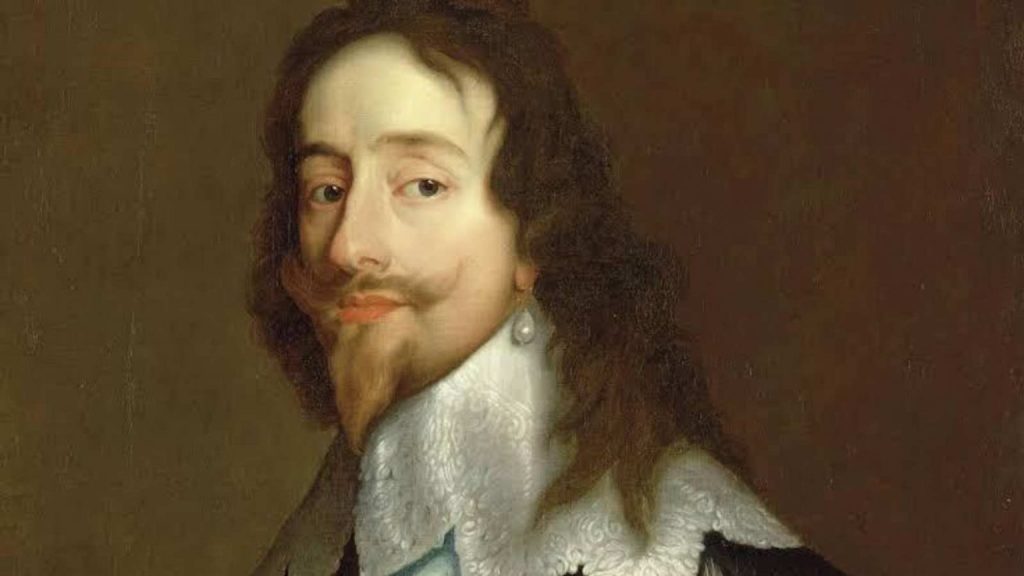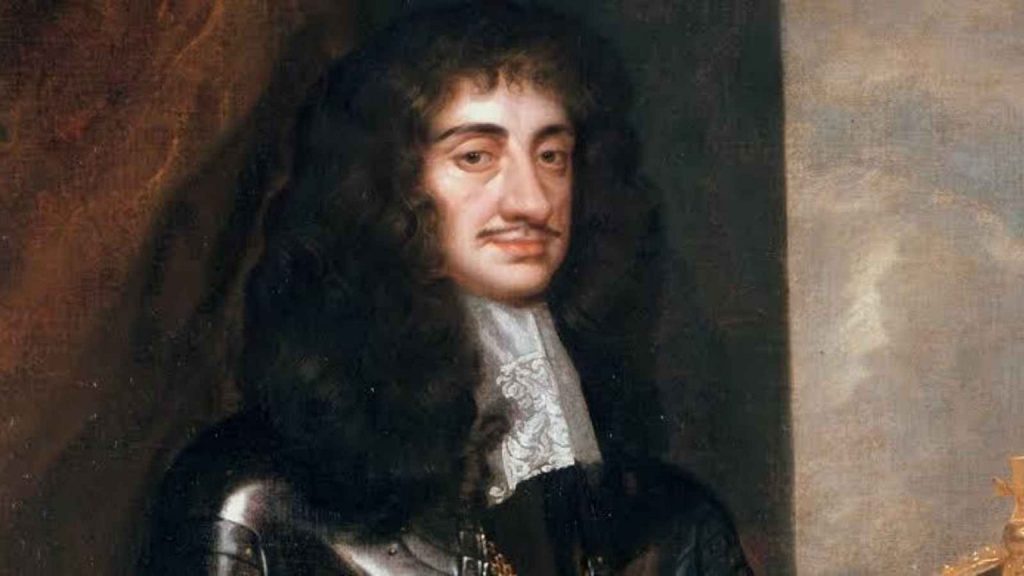
King Charles III
After her mother, Queen Elizabeth II, the longest-reigning queen in history, passed away, King Charles III promptly took the throne. Charles, who once had the title of Prince of Wales, is the oldest person to hold the throne of the United Kingdom.
The first choice Charles had to make after ascending to the throne was what name he wanted to be called. He had the option of choosing any one of these four names since his complete name is Charles Philip Arthur George, but he chose Charles.
After Queen Elizabeth II’s death on September 8, 2022, the title Prince Charles was changed to King Charles. Ghnewslive.com has done an in-depth investigation about King Charles’s net worth in 2022 and the sources of his riches before becoming King of the United Kingdom and 14 other Commonwealth states.
Charles was born in Buckingham Palace, the first child of his mother and Philip, Duke of Edinburgh; he was King George VI’s and Queen Elizabeth’s first grandchild. He attended Cheam and Gordonstoun schools, which his father also attended as a child.
The roman numerals indicate that the family has had other Charles called Kings, making him King Charles III. Here is all the information you require regarding Charles I and Charles II.
King Charles I: Who He Was And His Turbulent Reign Which Led To His Execution

It is understandable why history remembers King Charles I as a tyrant because of the way he destroyed the monarchy. His tactics and ways resulted in his death at the age of 49. For 11 years, he reigned as king over England, Scotland, and Ireland.
Charles I was a shy, awkward, and speech-impaired son when he was little. He was the younger of his father, James Itwo ,’s sons. King Henry, Charles’ older brother, unexpectedly passed away in 1612, making Charles the heir apparent. When that happened, he was 12 years old. He succeeded to the throne as King in 1625.
The greatest peacetime debt in English history had been left by his father, James I. Political and economical unrest plagued the nation. Charles I lacked the wit, wisdom, and expertise in government matters needed to resolve the conflicts and deficits that arose in his realm. His rigid adherence to the idea that kings have a divine right to rule, as well as his ignorance of taxation rules and government permissions, among other things. The king and the parliament engaged in a civil war as a result of everything. It produced two factions: the Cavaliers, who supported the kings, and the Roundheads, who supported Parliament. The war was lost by Charles the First.
On Jan. 30, 1649, Charles was beheaded. It was one of the most violent wars in England, which had left the country upside down
The Son Of Charles I, King Charles II: Why He Stayed Low

Charles II, the son of Charles I, did not immediately succeed his father. Oliver Cromwell, the leader of the Parliamentarians, served as the de facto monarch during that brief time instead. Charles, together with his mother and siblings, were in exile in French and Dutch courts.
Charles succeeded Cromwell as the new king following his death. In 1661, he was solemnly crowned. He acquired a strong liking for French cuisine, fashion, music, and culture during his exile. The tide of French influence followed him to England. New fashion was established during his reign; in fact, the King himself defined the styles.
He opened the theaters, abolished the censorship restrictions, and supported education and research. He had numerous girlfriends while in power and was renowned for his taste in exquisite cuisine and drink. Five of the children Charles II had with Barbara Palmer, Countess of Castlemaine, were not biologically his.
SOURCE: www.ghnewslive.com






